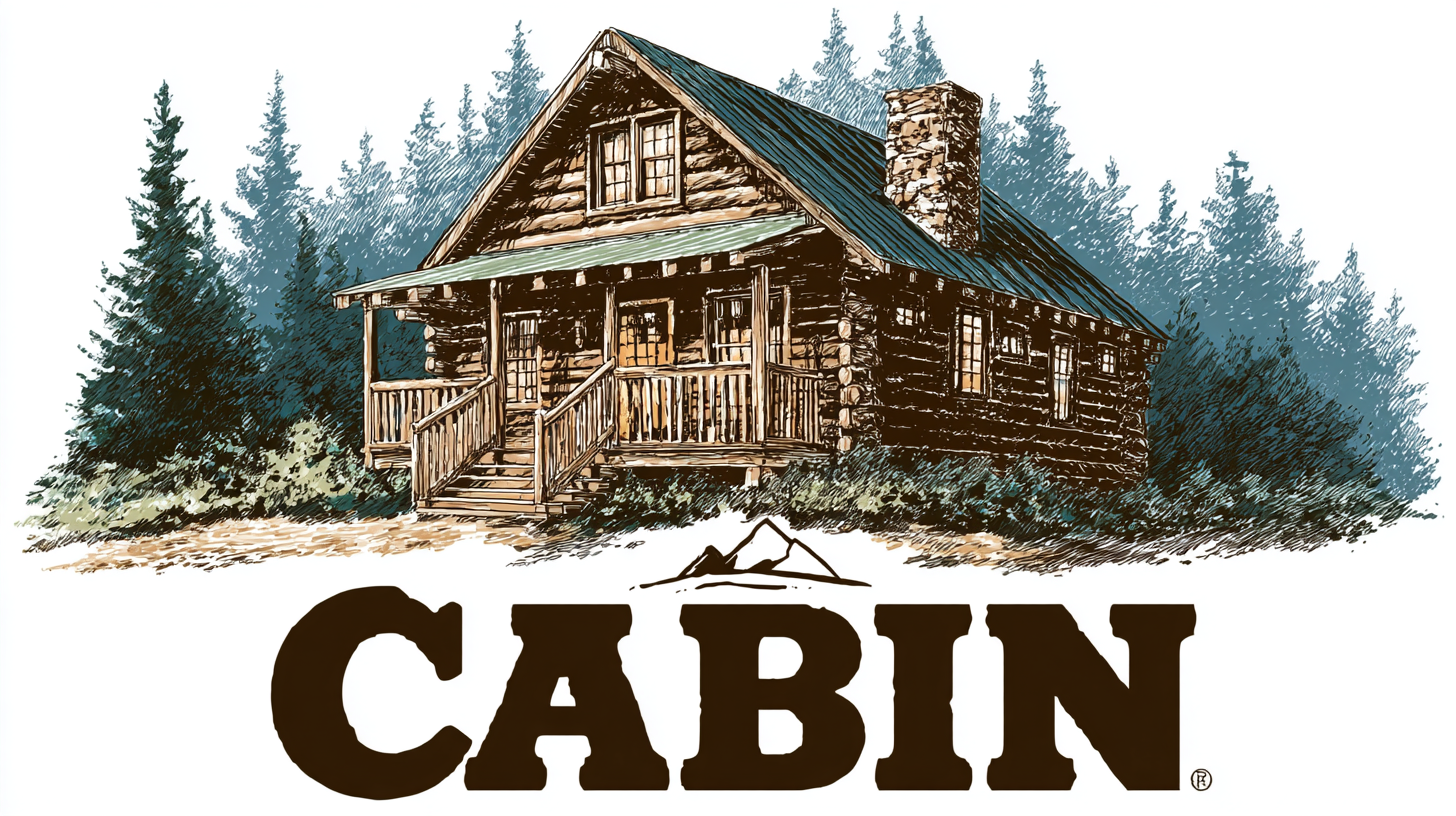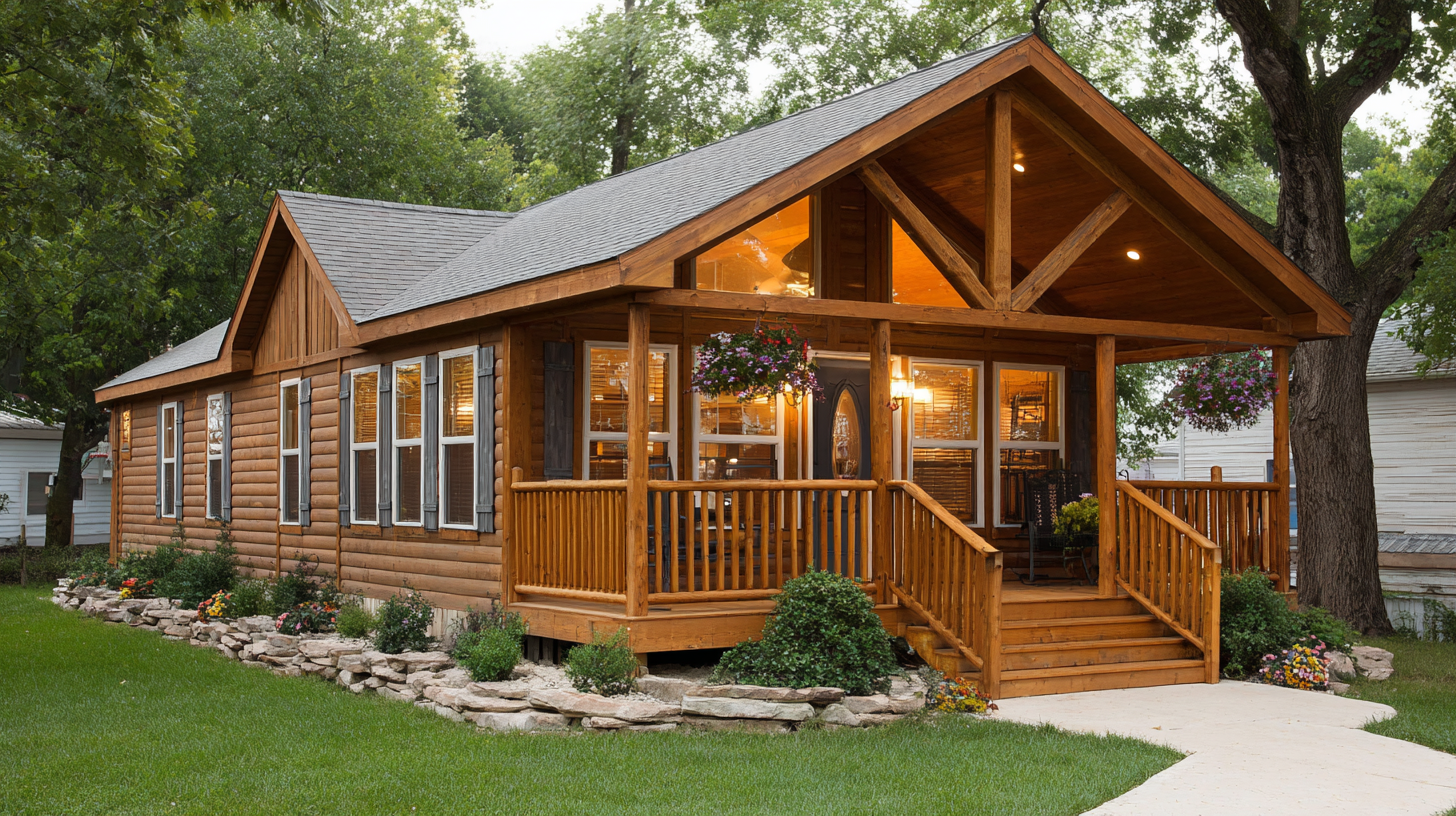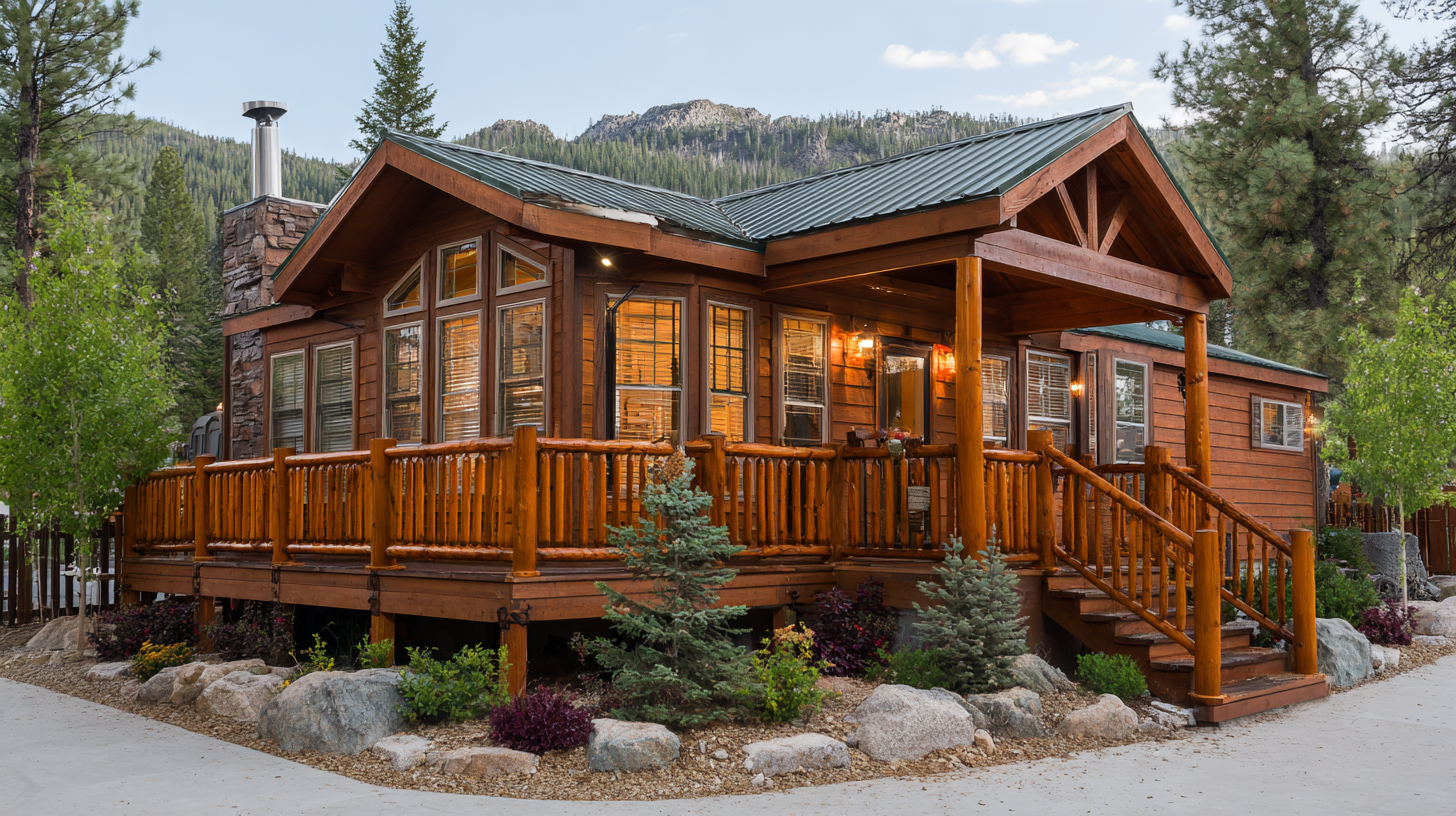When it comes to finding the perfect home that combines comfort with rustic charm, Cabin Manufactured Homes stand out as a popular choice for many prospective buyers. These homes not only offer the cozy aesthetic of traditional cabins but also come equipped with modern conveniences and technical specifications that enhance their appeal. However, selecting the right Cabin Manufactured Home involves a deeper understanding of various technical elements such as insulation, structural integrity, energy efficiency, and layout flexibility. In this blog post, we will delve into the key technical specifications that should guide your decision-making process, ensuring that you choose a cabin manufactured home that not only meets your personal needs but also represents a sound investment for the future. Join us as we break down these specifications and provide you with essential insights to help you make an informed choice.

Choosing energy-efficient cabin manufactured homes is not just a trend but a necessity in the quest for sustainability. According to the U.S. Department of Energy, residential buildings account for approximately 20% of national energy consumption. By opting for energy-efficient homes, we can significantly reduce our carbon footprint while enjoying lower utility bills. Energy-efficient designs often incorporate high-performance insulation, energy-efficient windows, and advanced HVAC systems that can lead to energy savings of up to 30% compared to traditional homes.
Furthermore, the benefits extend beyond individual households. A study by the American Council for an Energy-Efficient Economy (ACEEE) suggests that widespread adoption of energy-efficient technologies in homes could reduce greenhouse gas emissions by over 40% by 2050. This shift not only protects the environment but also fosters a healthier living space by minimizing indoor pollution. By choosing energy-efficient cabin manufactured homes, homeowners contribute to a more sustainable future while setting an example for community-wide energy conservation efforts.
| Specification | Description | Benefits |
|---|---|---|
| Energy Efficiency Rating | Indicates the home's energy consumption compared to standard homes. | Lower energy bills and reduced carbon footprint. |
| Insulation Type | Quality and thickness of insulation materials used. | Improved climate control and energy efficiency. |
| Construction Materials | Sustainable or recycled materials used in construction. | Less environmental impact and better durability. |
| Renewable Energy Systems | Integration of solar panels or wind turbines. | Reduced reliance on non-renewable energy sources. |
| Water Efficiency | Use of low-flow fixtures and water recycling systems. | Lower water bills and conservation of natural resources. |
When selecting cabin manufactured homes, understanding the structural integrity ratings is crucial. These ratings provide insights into how well a home can withstand various environmental stresses, such as wind, snow, and seismic activity. According to industry reports, homes rated with a higher integrity score typically utilize advanced materials and construction techniques, which not only enhance durability but also contribute to energy efficiency. For instance, modern prefab homes often employ composite materials in their construction, significantly outpacing traditional wood or metal-based homes in terms of strength-to-weight ratios.
Tip: Always request and review the structural integrity ratings for any cabin manufactured home you consider. Higher ratings can save you from potential repair costs and ensure safety over the long term.
Moreover, emerging technologies such as 3D printing are reshaping the landscape of remote housing. This innovative manufacturing method offers unique benefits, like reducing waste and enabling faster construction times. Some reports suggest that homes built using 3D printing techniques can lower costs significantly while providing customizable design features that cater to diverse needs.
Tip: When exploring options, consider manufacturers that leverage technologies like 3D printing, as they often provide enhanced design flexibility and sustainability.

When considering a cabin manufactured home, customization is key to enhancing functionality and personalizing your space. Many manufacturers offer a variety of options to tailor your home to your specific needs. From choosing the layout to selecting materials, customizing your cabin can significantly improve its comfort and utility. For instance, you might consider adding energy-efficient windows or upgraded insulation to increase energy savings and ensure a comfortable living environment year-round.
**Tips:** When exploring customization options, think about your lifestyle. If you love entertaining, an open floor plan with a spacious kitchen might be ideal. For those who work remotely, incorporating a designated office space can boost productivity without sacrificing comfort. Additionally, consider unique features such as built-in shelving or adjustable lighting to make your cabin functional and inviting.
It's also essential to evaluate your budget against your customization choices. Certain upgrades, while appealing, can add to the overall cost. Prioritize features that will enhance your daily life and increase the value of your cabin. By carefully selecting these options, you can create a manufactured home that feels uniquely yours while meeting all your practical needs.
When considering the cost-effectiveness of cabin manufactured homes versus traditional homes, several factors come into play. Cabin manufactured homes often have lower upfront costs due to simplified construction processes. This affordability is not only appealing for buyers but also allows for a smoother transition into homeownership, making it accessible for many families.
Tips for maximizing savings when choosing a cabin manufactured home include considering the size and design that suit your needs without excess. Opt for energy-efficient appliances and materials, which can reduce utility bills significantly over time. Additionally, research the location's property taxes and insurance rates, as these can vary greatly and impact overall affordability.
Another advantage of cabin manufactured homes is their potential for quicker construction times. This means you can potentially save money on interest rates or rent while waiting for your home to be built. Be sure to compare these factors with traditional homes, which often have longer build times and higher associated costs. Evaluating the long-term maintenance costs is also crucial; made with durable materials, cabin manufactured homes can result in fewer repairs over time.

When selecting the best cabin manufactured home, understanding local building codes is crucial. These regulations ensure that your home meets safety, health, and structural standards, ultimately providing peace of mind. Local codes can vary greatly from one area to another, so it’s vital to familiarize yourself with the specific requirements in your locality. This might include regulations on insulation, foundation types, and even energy efficiency standards that can affect the overall quality and comfort of your cabin.
Tip: Always consult with a local building inspector or an expert in manufactured homes before finalizing your purchase. They can provide insights into necessary permits and any restrictions related to land use.
In addition to ensuring compliance, local building codes can also influence the resale value of your home. Homes built according to the latest codes tend to have higher market value and appeal to potential buyers who are looking for safety and reliability in their housing options.
Tip: When investing in a manufactured cabin home, look for those certified by relevant local or national building codes. This certification can assure you that the home has met all necessary standards and is built to withstand local environmental conditions.
